Table of Contents
C-Fit Copper stocks various AC copper pipes of different sizes to suit the various HVAC requirements. Type L Copper Pipe suitable for high pressure and meeting requirements of application such as refrigerant line is described. Both Type M Copper Pipe is preferred for low pressure systems and is relatively cheaper and flexible as compared to other types of pipes.
Flexible Copper Pipe is highly regarded for its pliability enabling its use in tight areas for instance around a corner. Capillary tubes are light types of expansion devices that control flow of refrigerant in slight air conditioning systems. Insulated Copper Pipe, now with added insulation, reduces the formation of condensation and improves energy performance in unheated areas. Coiled Copper Tube offers flexibility especially for complex cable installations and is available in a variety of diameters and lengths.

Types of AC Copper Pipes:
AC copper pipes are components of an air conditioning unit that keep heat transfer efficient and always durable. They essentially come in different forms, which serve different applications to further enhance performance and useful life.
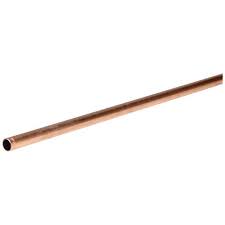
Type L Copper Pipe
This type of best copper pipe for ac is commonly used in residential and commercial buildings and is also used in AC systems. It has thicker walls than Type M copper pipe and therefore offers more pressure capability and better corrosion endurance. Type L copper pipe is mostly used where pressure is high like in the air conditioning refrigerant lines.
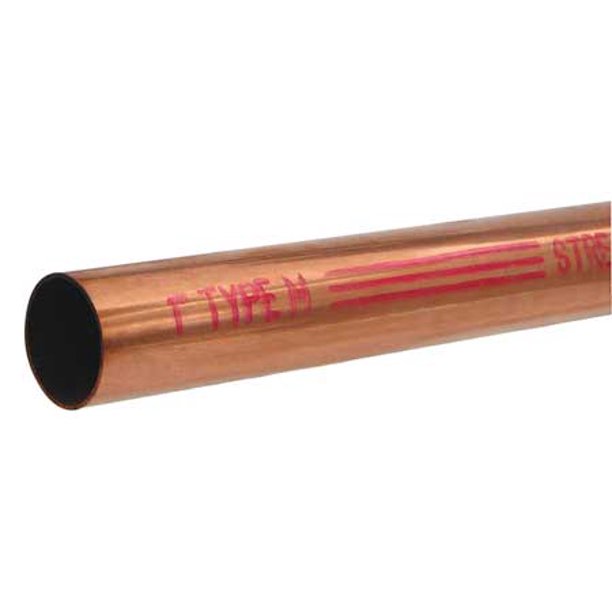
Type M Copper Pipe
Type M copper pipe is less thicker than type L but it is cheaper and more suitable for various applications. It is widely used in low pressure applications where the pressure of the pipes is not very important such as in water supply systems that serve households. Type M copper pipe may be applied to AC systems for smaller diameter refrigerant lines or low pressure systems.
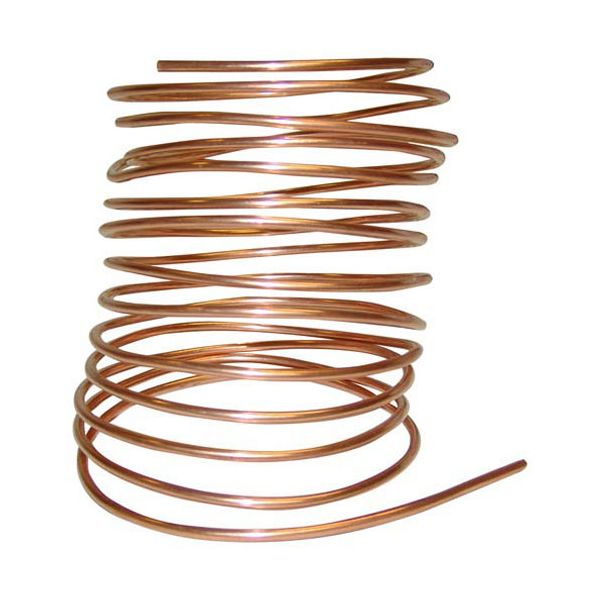
Capillary Tube
These are thin pieces of copper tubes and with very small diameters; they are mostly used as expansion devices in copper pipes for ac systems. They are primarily used to control the flow of refrigerant to the evaporator coil so as to control the cooling action. Capillary tubes are used in smaller air conditioning systems such as the ones found in the window air conditioner.
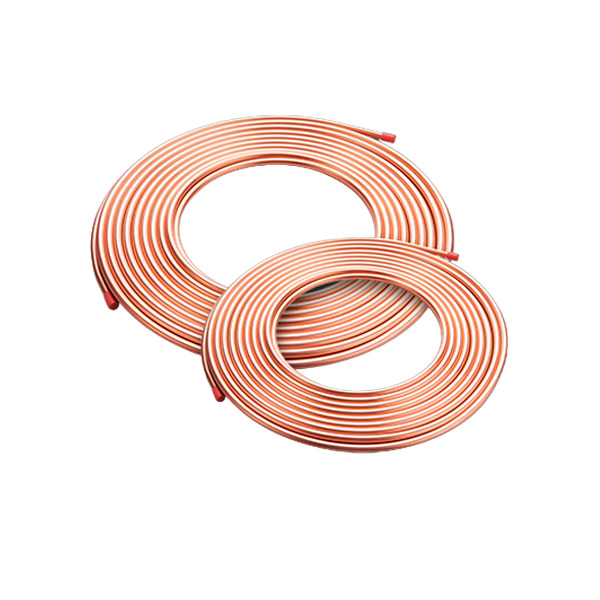
Coiled Copper Tube
Copper coil on the other hand, is copper tubing that has been wound into a spiral form and is referred to as coiled copper tube or copper tubing coil. It is typically used in AC systems where refrigerant lines are required, most often, when using straight copper pipes is not feasible or when additional flexibility is needed.
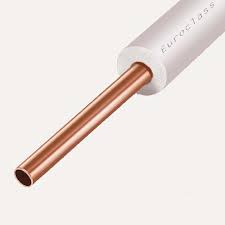
Insulated Copper Pipe
Insulated copper pipe refers to any pipe that has copper tubing as its body and is covered by an insulation material and an outer sheath. It is utilized in AC systems for refrigerant lines that pass via unconditioned areas including the attic or the basement with the aim of avoiding formation of condensation and enhanced energy efficiency.
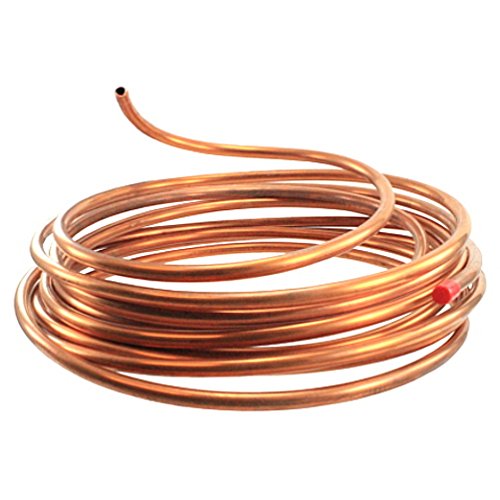
Flexible Copper Pipe
Flexible copper pipe which is also referred to as refrigeration tubing is a soft copper pipe used to connect between the indoor and the outdoor units in copper pipes for AC systems. It is highly flexible, capable of being bent into forms without the need of many joints. It is used for short distances and wherever there is need to have flexibility since it is made of copper flexible pipe.
How to choose AC Copper Pipes Type, best copper pipe for ac:
When selecting the correct type of AC Copper Pipe, copper pipes for ac, it is advisable to take into account the thickness of the walls (Type L or K), the pressure at which the product will be used and the place or location that the product will be installed. Make it compatible with the HVAC requirements and use the pipes that have high resistance to corrosion to last longer.
To choose the right AC copper pipes type:
- Determine the requisite system features such as pressure or the type of refrigerant it has.
- Think about environmental factors, available space, and installation accessibility.
- It is advisable to maintain a balance between the organization’s budget and its performance requirements; Type M is the cheaper type, while Type L is the more durable type.
- Outline a general plan for future growth and sustaining the business.
- Comply with the local laws and ordinances as required.
- If necessary, consult with HVAC specialists because it may require some expertise to manage effectively.
Advantage Of AC Copper Pipes
The HVAC systems mostly use AC copper pipes regarding durability, efficiency, and ease of installations. They can be depended upon in high-pressure applications and they have high resistance to corrosion and wear.
- Great Thermal Transfer: Gives fast and efficient heat exchanges in air conditioners.
- Corrosion Resistance: Provides durability in humid harsh conditions.
- High pressure tolerance: Appropriate to high-pressure refrigerants employed by present HVAC systems.
- Simple to install: Less stiff and springy making them easy to flex and install whilst requiring fewer fittings.
- Leak-Proof Joints: Suitable to soldered joints, brazed, y tight and secure connections.
- Antibacterial: Prevents the development of microorganisms in the pipe, and has a system sanitation.
- Recyclable Material: An environmentally friendly and a sustainable choice because copper can be recycled.
Frequently Asked Questions (FAQ)
What is the best copper pipe to use in air conditioning?
Type L soft copper is the copper of choice on most air conditioning and refrigeration applications because of its flexibility, corrosion resistance and response to pressure.
Do the AC copper pipes come in insulated form?
Yes, to reduce the effect of heat loss and condensation insulated copper pipes are mostly used in split AC applications. These pipes are normally insulated with foam on them prior to efficiency.
Are AC copper pipes of different sizes?
Yes AC copper pipes do come in different sizes that vary according to the kind of system and how it has to be installed and they range in size between 14 particles-inch to 1-11 8 particles-inch (or 6mm to 28mm).